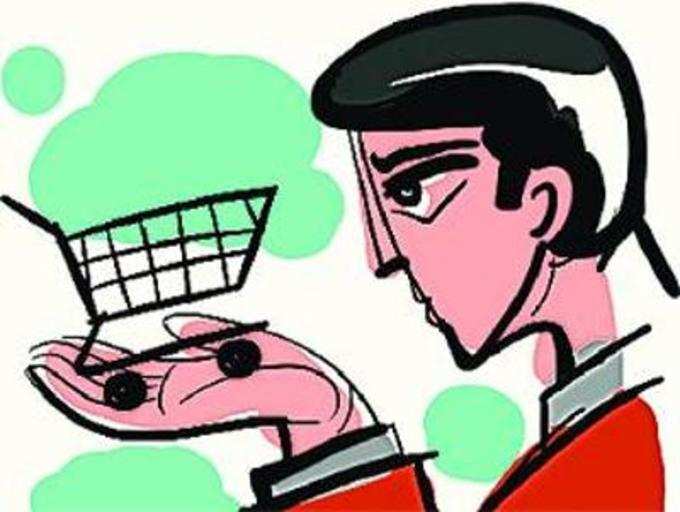
To understand this one must start from the beginning.
What is Direct Selling?
Direct selling is the marketing and selling of products directly to consumers away from a fixed retail location. It includes sales made by individuals engaged on their own behalf or on behalf of a direct selling company as well as internet sales.
Interpreting some numbers
• The gross sales by the Direct Selling Industry stands at INR 79,583 million in 2014-15 as against INR 74,722 million in 2013-14.
• As per the survey, the Northern Region has contributed around INR 23,875 million to the gross sales in 2014-15, scripting a marginal increase in share to gross sales at 30% in2014-15 from 29% in2013-14.
• Wellness and healthcare products continues to lead with 42% share in Total Sales Turnover.
• The tax paid has increased to 10.2%.
The numbers prove that growth has been steady over the years and its contribution to exchequer has been significant. It also points towards the fact that the distribution model is gaining popularity among the consumers.
Hurdles
But all is not rosy out there. Banerji expressed concern over the contribution of the Southern region to its growth. The growth stood at (-) 1.8% in 2014-15 as against (-) 13.3% in 2013-14.
1. The main hurdle faced by Direct Sellers in the country is the absence of regulatory framework. The number of Direct Sellers has come down from 43,83,287 in 2013-14 to 39,29,105 in 2015-14, said Vivek Katoch, Treasurer, IDSA.
2. The skill development programmes need to be implemented in a broader perspective.
3.
SP Sharma, Chief Economist, PHD Chamber said that after agriculture, direct selling industry provides the highest employment to the people.
4. The government’s failure in implementing the necessary and urgent reforms like the Labour laws and the much awaited
We are all consumers, so it is important for the government to work for us, said Bejon Mishra, International Consumer Policy Expert.
“Consumer is the king and Direct Selling is a great option for them. In the wake of some unfortunate events, where consumers have been duped of their hard earned money, it is pertinent to protect the interest of the consumers. This can be happen by giving appropriate recognition to the industry and bringing regulatory clarity,” he said.
All is not lost
On the basis of growth perceptions of the Direct Selling Entities, the industry has the potential to enter double digit growth, going ahead, on account of strong legislation, reviving
(Image credits: Indiatimes)